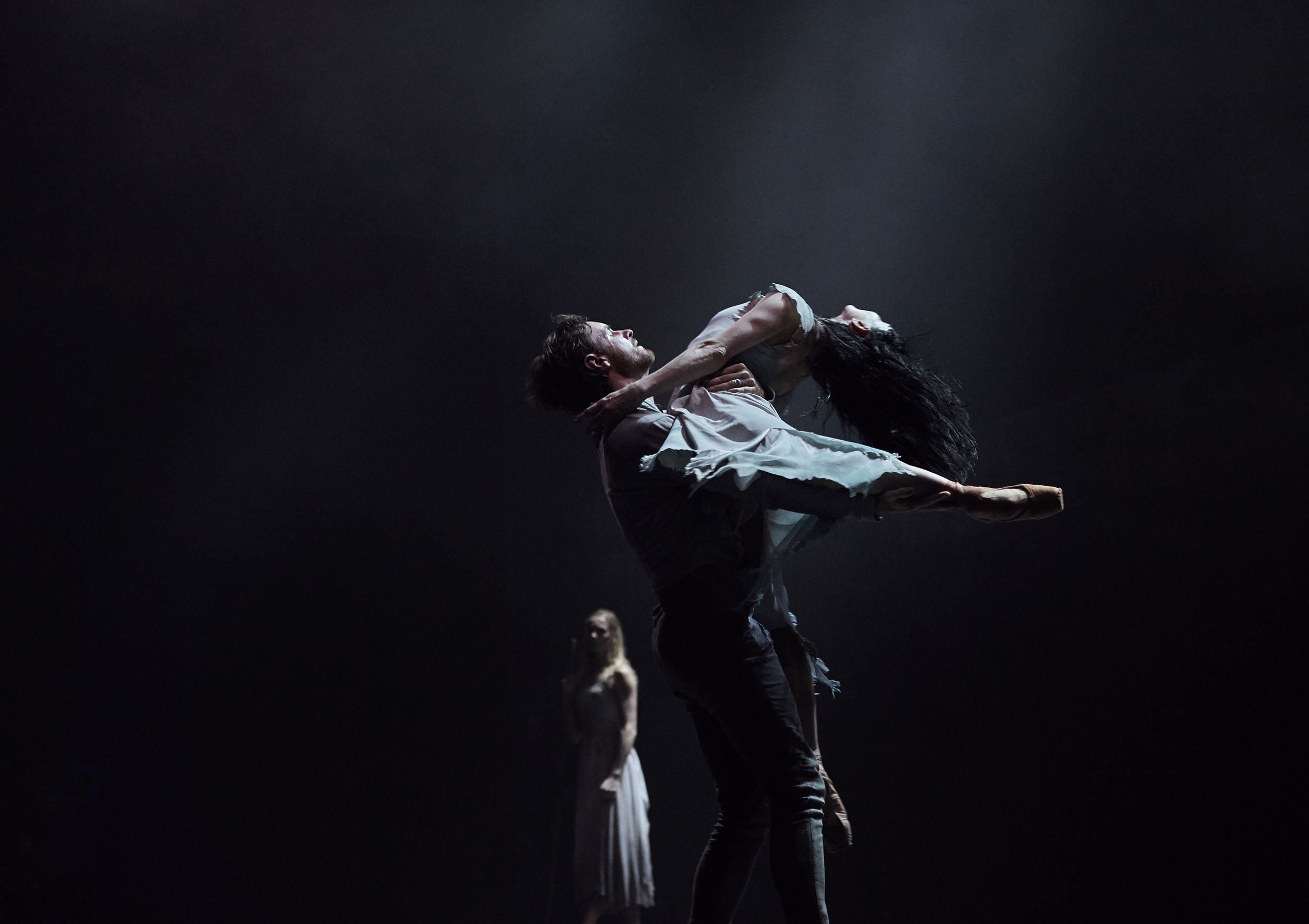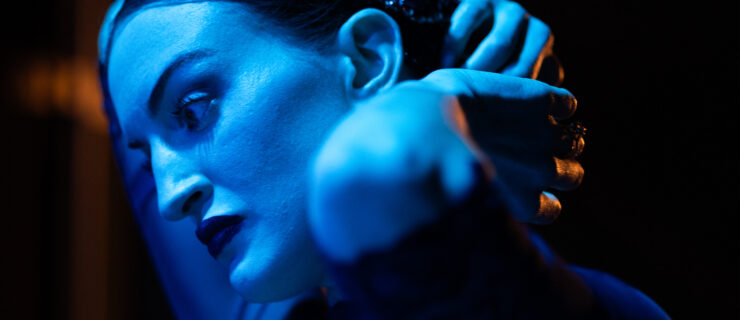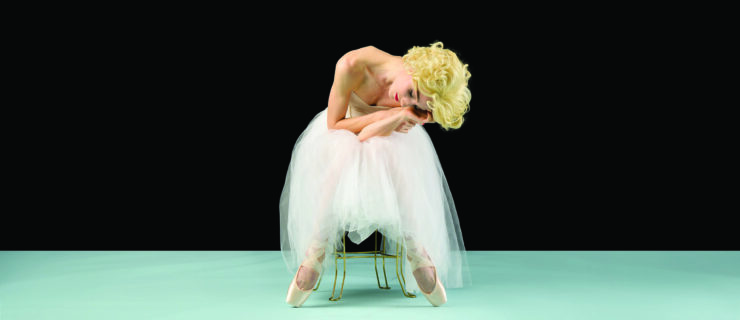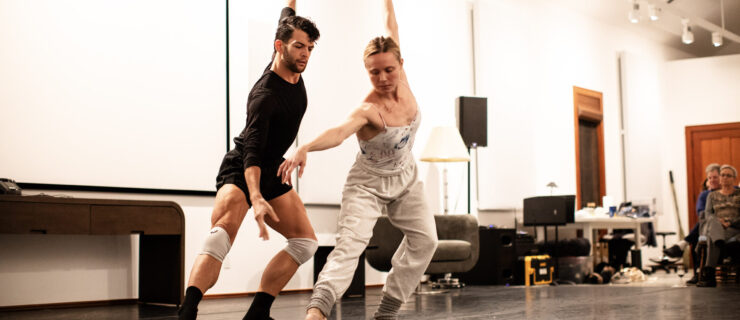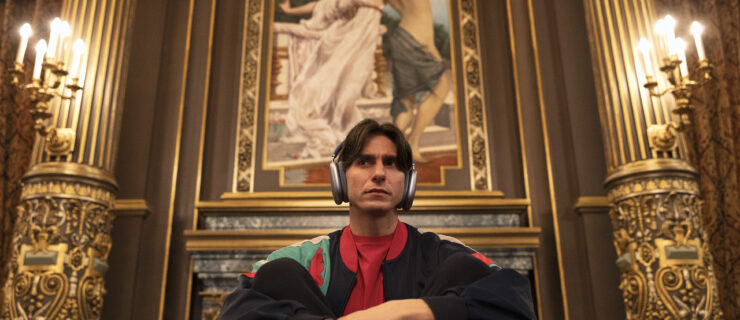English National Ballet Brings Akram Khan’s “Giselle” to Brooklyn
For Stina Quagebeur, dancing the role of Myrtha in Akram Khan’s Giselle requires a special kind of stamina. “We are on pointe for the majority of Act II,” she says. “It’s demanding, especially on my feet. But it’s also the emotional intensity of the work—there’s just so much tension in the body all the time. I can’t actually do the show twice a day. It’s probably the most rewarding, special role I’ve ever created and performed in my career.”
When English National Ballet brings Khan’s 2016 Giselle to Brooklyn Academy of Music’s Howard Gilman Opera House June 8–11, don’t expect the usual Romantic ballet fare. While an outline of the original story remains—including Giselle’s overpowering love and forgiveness, and, of course, the wilis in pointe shoes—many other elements have been reimagined: from the contemporary setting that tackles the plight of migrant workers, to the absence of tutus, to the music by Vincenzo Lamagna, adapted from Adolphe Adam’s original score.
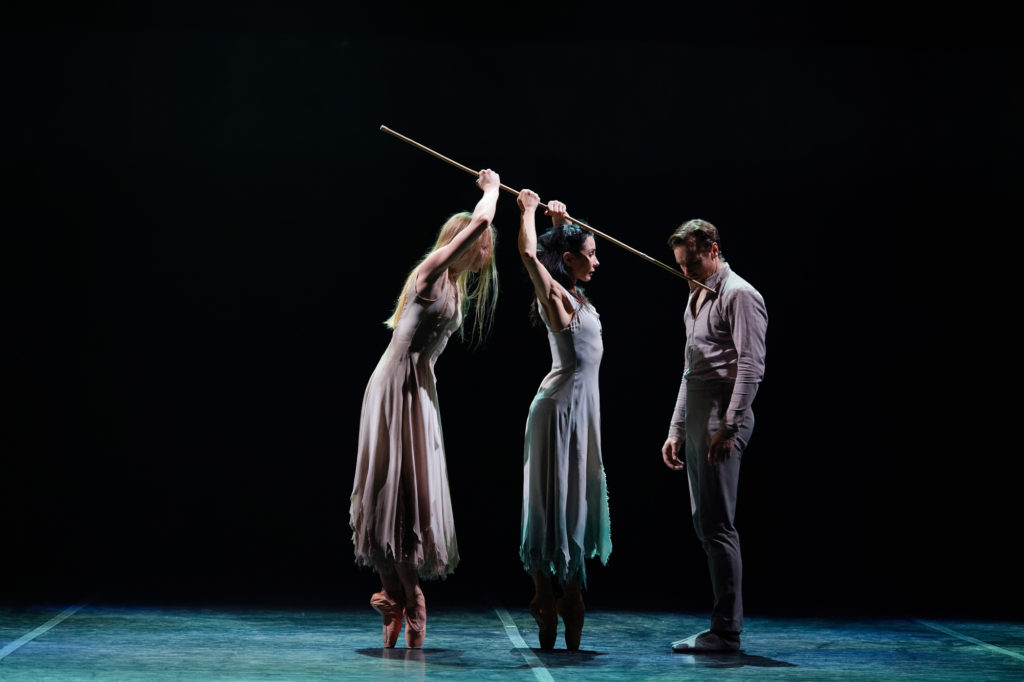
Opening night principal casting for this New York City premiere includes artistic director Tamara Rojo as Giselle—returning to the stage in a ballet that she commissioned, in the lead role she helped create—along with Isaac Hernández as Albrecht, Stina Quagebeur as Myrtha and Jeffrey Cirio as Hilarion. The tour marks Cirio’s final performances with the company before rejoining Boston Ballet full-time, and perhaps offers one of the last opportunities to see Rojo perform before she takes the reins at San Francisco Ballet as artistic director.
For this Giselle, Khan worked with a small research and development team before beginning a 10-week creative process with the company. Quagebeur was part of Khan’s original process. “From the first day, you’re just called Myrtha,” says Quagebeur of Khan’s process. “I became the character, everything I did, how I talked. So the movement started shaping to what, and who, a character is.”
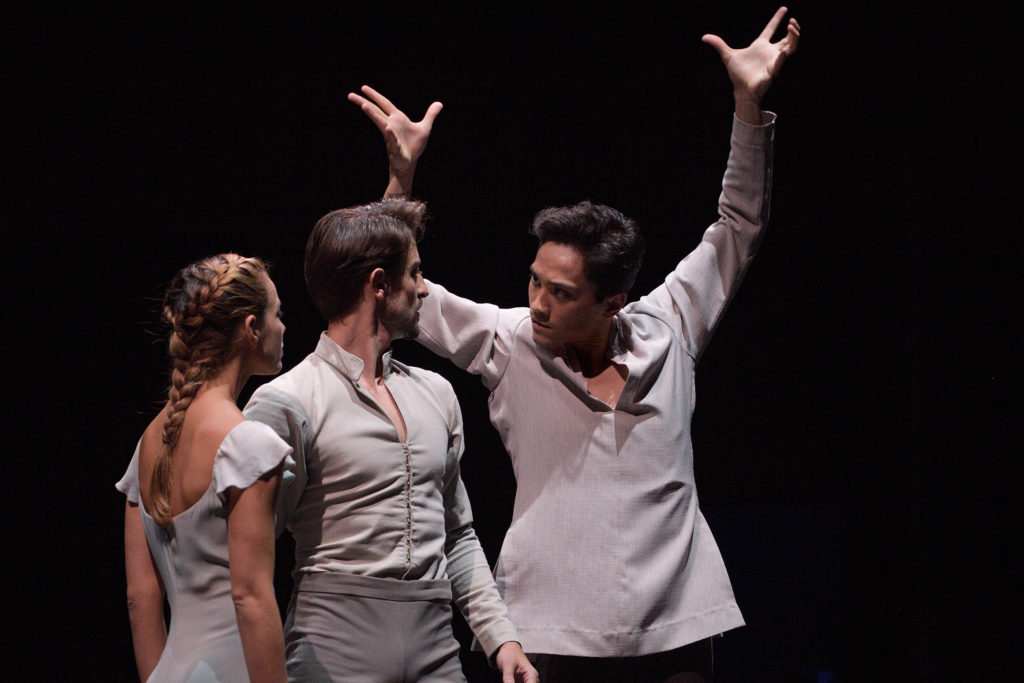
Cirio says that working with Khan has been one of the highlights of his career thus far: “With Akram’s work, it’s more about the intention behind the movement. He brings out intention by kind of tearing down your walls—what you’ve known throughout your career—and then builds you back up within his work.”
For lead principal Erina Takahashi, who has danced Giselle since the beginning of the creation process, the richly drawn characters and the dynamic relationships they have with one another keep the work fresh with every performance. “I don’t ever feel like I’m repeating the same steps over and over again. The more we perform, I’m discovering something different, emotionally, even when my partner is the same. I’m able to dance more in the moment.”
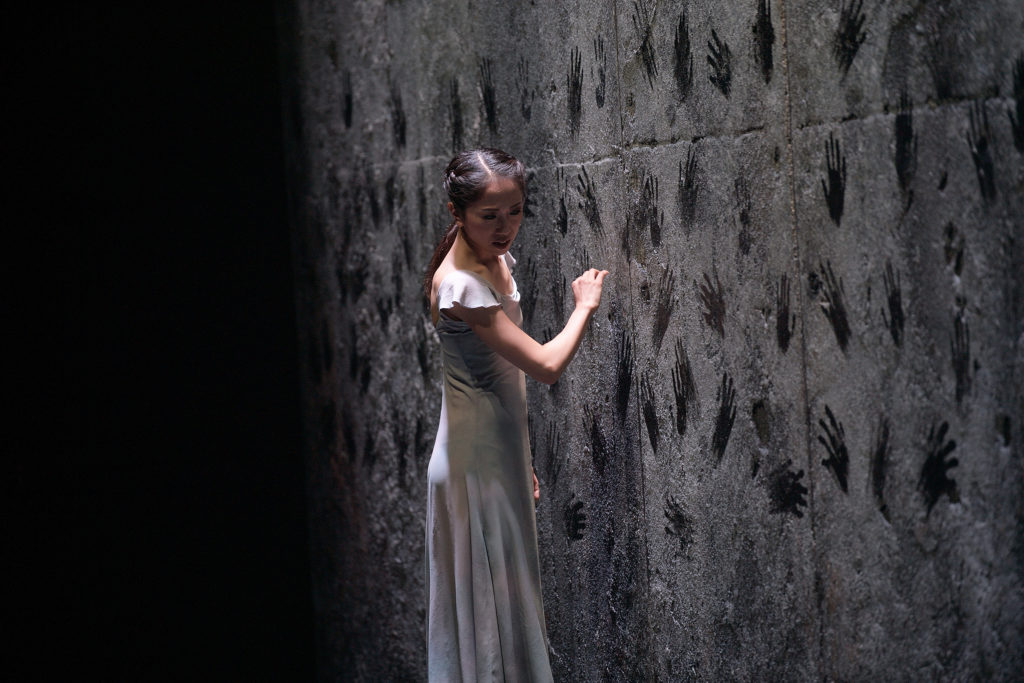
The music was written in tandem with the movement creation, offering the dancers a connection to it that goes deeper than counting. The first act offers more grounded, rhythmic dancing that takes Khan’s signature style—a blend of kathak, a northern Indian dance form, with contemporary dance—and combines it with ballet. In the second act, Giselle and Albrecht’s pas de deux allows for personal interpretation through the structure of the choreography. But that doesn’t mean there aren’t counts, especially in the ensemble dances: “With Akram’s choreography there’s so many counts, and it can be quite difficult. It’s not just an 8, it could be a 4 followed by a 10. But eventually it sinks into the body.”
While audiences can expect thrilling performances from the star-studded principal cast, fueled by the energy of the ensemble, Takahashi insists Giselle’s incredible journey is the emotional center at the heart of the ballet. “It’s quite a powerful ballet, but I think it comes from everyone in the company who is onstage—that makes the whole atmosphere,” says Takahashi.
